Time: 2025-06-09 09:57:38 Source: Henan Province Jianyun Cable Co., Ltd.
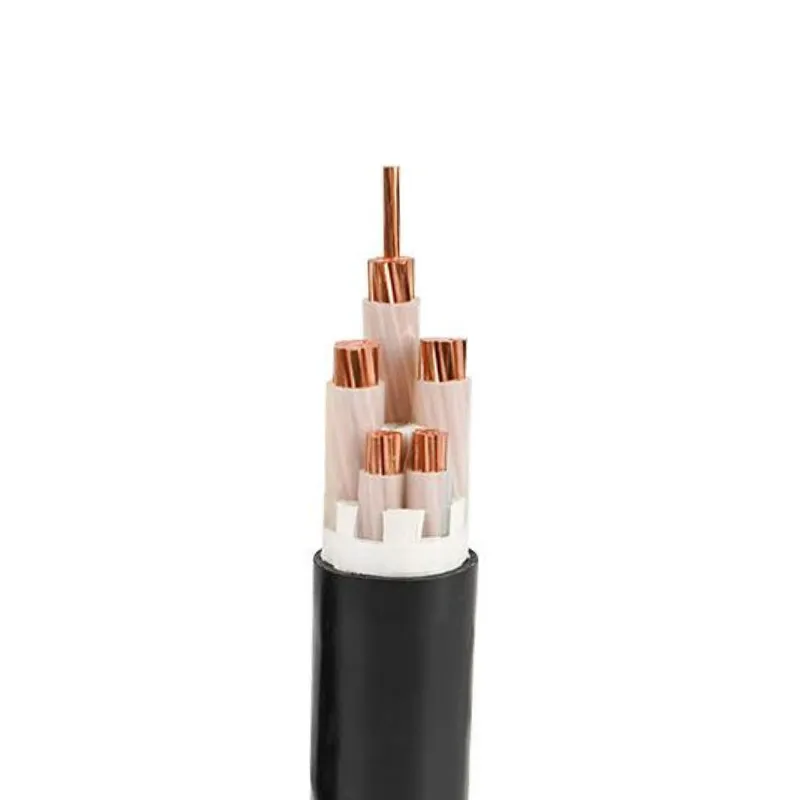
| Cause | Description | Effect |
|---|---|---|
| Overload | Cable carrying current beyond its rated capacity | Resistive heating causes insulation to soften or melt; surface > 80 °C |
| Poor Connections | Loose, corroded, or oxidized contacts | Local hotspots can exceed 1 000 °C, potentially causing fires |
| Poor Ventilation | Cables installed in hot or confined environments | Heat accumulates, accelerating insulation degradation |
| Bundled Cables | Cables tightly grouped without spacing | Reduced heat dissipation lowers ampacity and increases risk |
| Mechanical Stress | Damage from bending, crushing, or abrasion | Insulation damage increases resistance and hotspots |
| Environmental Damage | UV, moisture, chemicals degrade the cable jacket | Cracking, water-treeing, and dielectric breakdown |
| Aging or Inferior Quality | Brittle insulation, low-grade materials | Hotspots, shorter lifespan, higher failure risk |
| Action | Ensure |
|---|---|
| Proper Sizing | Ampacity exceeds actual current load |
| Connections | Tight, corrosion-free, sealed |
| Ventilation | Clear space and cooling airflow |
| Routing | No tight bends or overcrowding |
| Insulation | Material suited to environment |
| Monitoring | Infrared or electrical testing |
| Maintenance | Replace worn or damaged cables |
Cable overheating stems from multiple factors: overload, connection faults, environment, mechanical damage, and aging. Effective prevention requires correct specification, installation best practices, environmental control, quality components, and regular maintenance. For critical systems, using certified, high-quality products ensures greater safety and longevity.
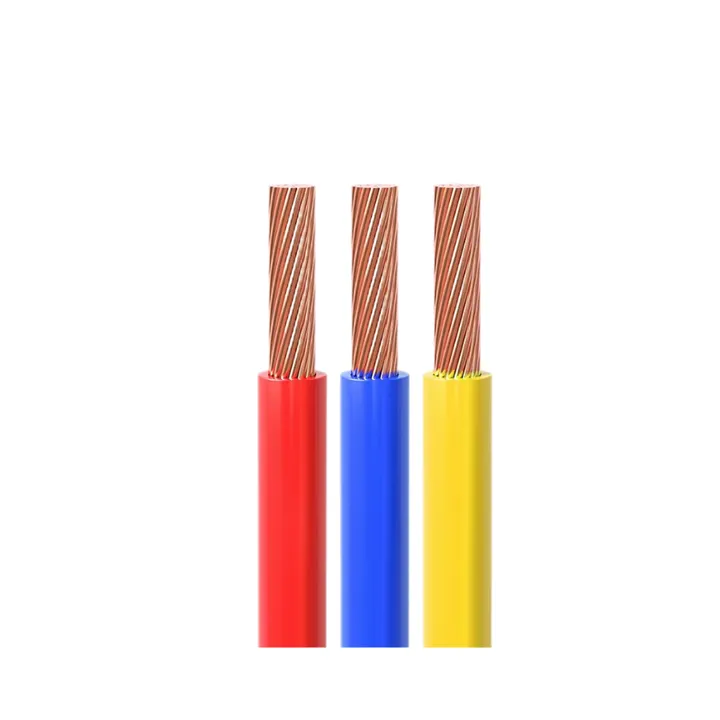
CE Certification 450/750v H07VVF Flexible Copper PVC Insulated Ac Cable 3*2.5 Mm
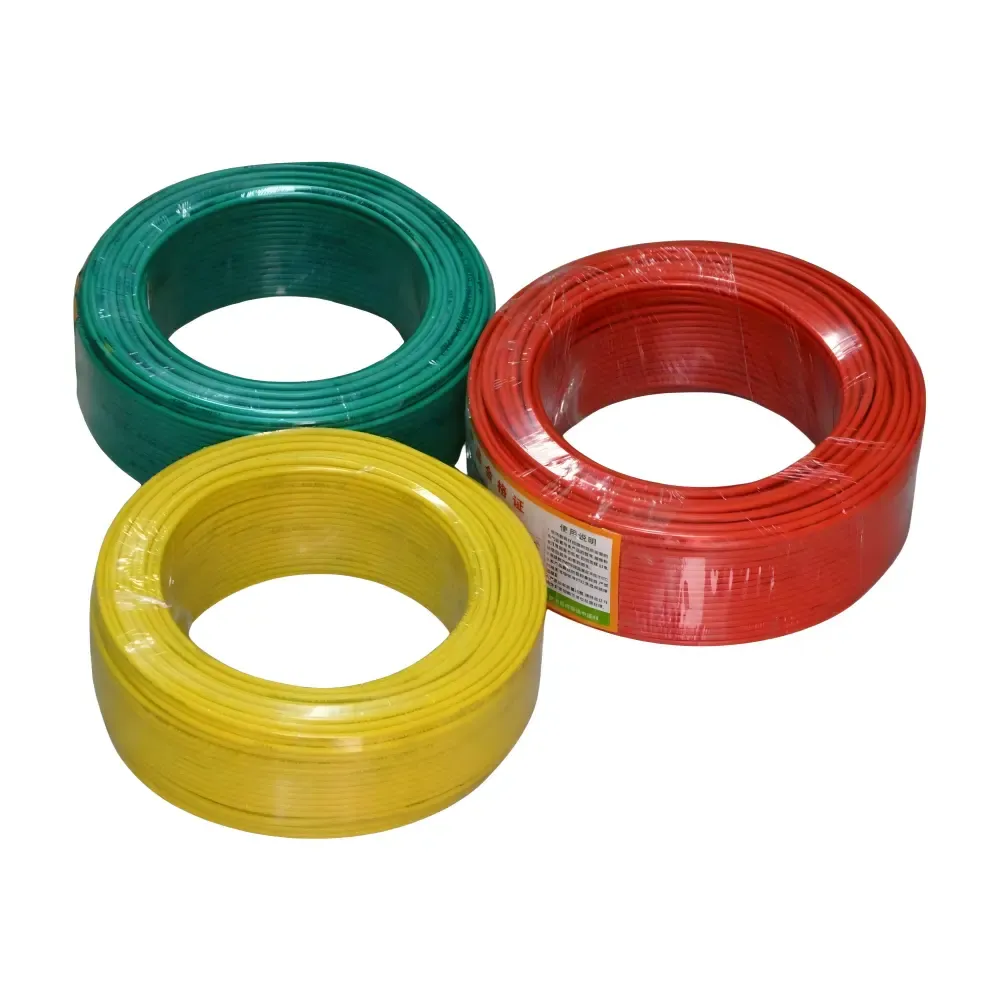
low voltage copper conductor PVC insulation underground BV BVR cable for industr
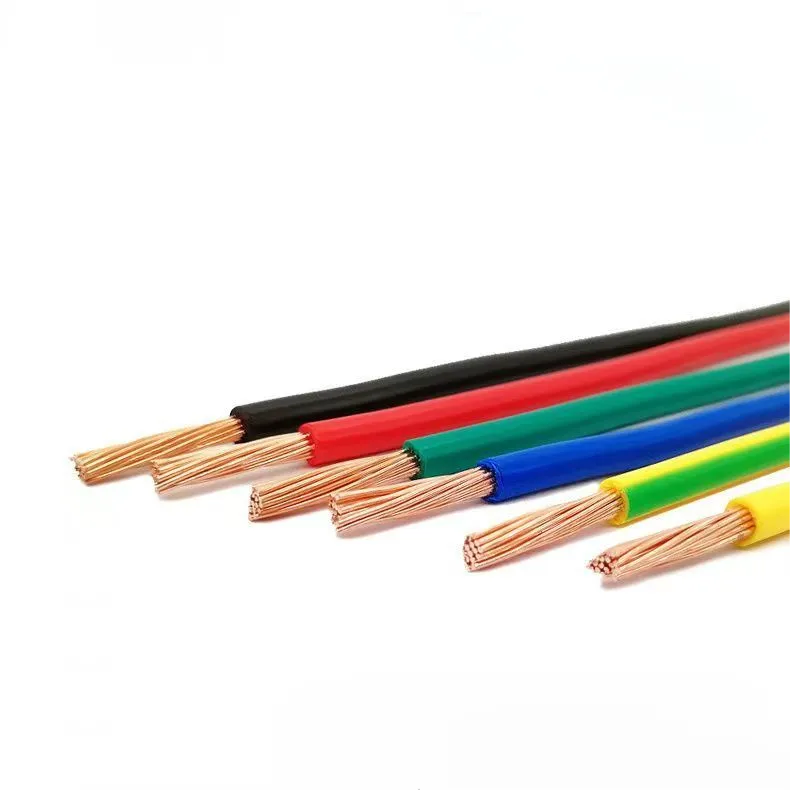
PVC electric wires are one of the most widely used electrical conductors in resi
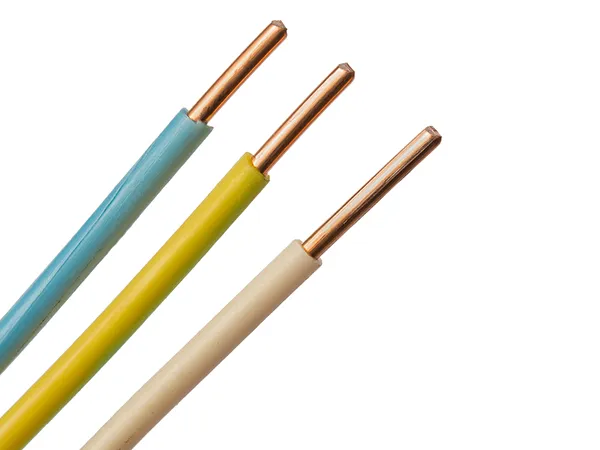
H07V-U wire is a flexible, low voltage electrical wire commonly used in industri